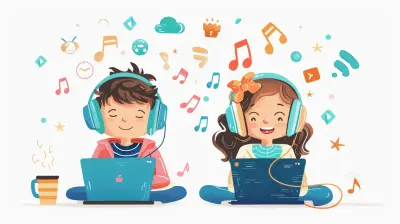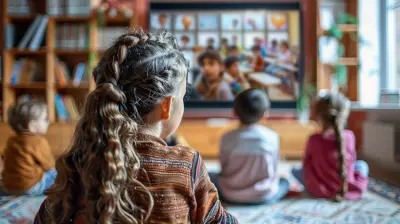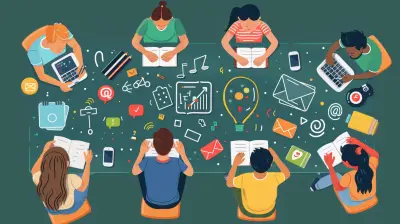How Virtual Classrooms Enhance Teacher Collaboration Across Borders
14 July 2025
Introduction
Teaching is no longer confined to four walls or limited to the educators in the same city or country. With technology revolutionizing education, virtual classrooms have opened doors for teachers worldwide to collaborate, share ideas, and refine their skills together—without needing a passport!
But how does this borderless connection help teachers, and why does it matter? Let's dive into the fascinating world of global teacher collaboration and how virtual classrooms make it all possible.

Breaking Down Barriers: How Virtual Classrooms Connect Teachers Worldwide
For years, teachers depended on in-person workshops, local conferences, or school meetings to collaborate. While effective, these methods had their limits—restricted access to diverse teaching techniques, limited exposure to global perspectives, and, of course, time constraints.Virtual classrooms have shattered these barriers, making it easier than ever for teachers from different countries and backgrounds to work together, exchange ideas, and improve their teaching methods.
1. Real-Time Knowledge Exchange: Learning Without Borders
Imagine a history teacher in the U.S. joining forces with an educator in Egypt to discuss ancient civilizations. Or a science teacher in Japan collaborating with a physics professor in Germany. These once-impossible scenarios are now happening every day via virtual classrooms.Through live video sessions, discussion forums, and shared digital resources, teachers can:
- Conduct online workshops and brainstorming sessions
- Share lesson plans, teaching tools, and best practices
- Gain insights from diverse educational methods and curricula
In short, virtual classrooms are turning the entire world into one giant teacher’s lounge!
2. Professional Development: Learning From the Best, Everywhere
Professional development is crucial for teachers—but let’s face it, traditional training programs can be expensive and time-consuming. Not everyone has the luxury of traveling for teaching conferences.Virtual classrooms solve this problem by offering:
- Access to expert webinars led by top educators worldwide
- Online certification programs that enhance skills without travel
- Cross-cultural teaching exchanges, helping teachers understand global perspectives
With technology, learning from the best is no longer about where you are—it's about how connected you are.
3. Collaboration on Research and Innovation
Education is always evolving, and teachers play a key role in innovating new methods. Virtual collaboration allows educators to team up on research projects, create cutting-edge teaching models, and even publish academic papers together.For example:
- Teachers can co-develop digital textbooks with global perspectives
- Educators can test and refine new teaching strategies in different classroom settings
- Schools can collaborate on research projects that address worldwide educational challenges
Virtual classrooms are turning teachers into global researchers, making education richer and more effective across the world.
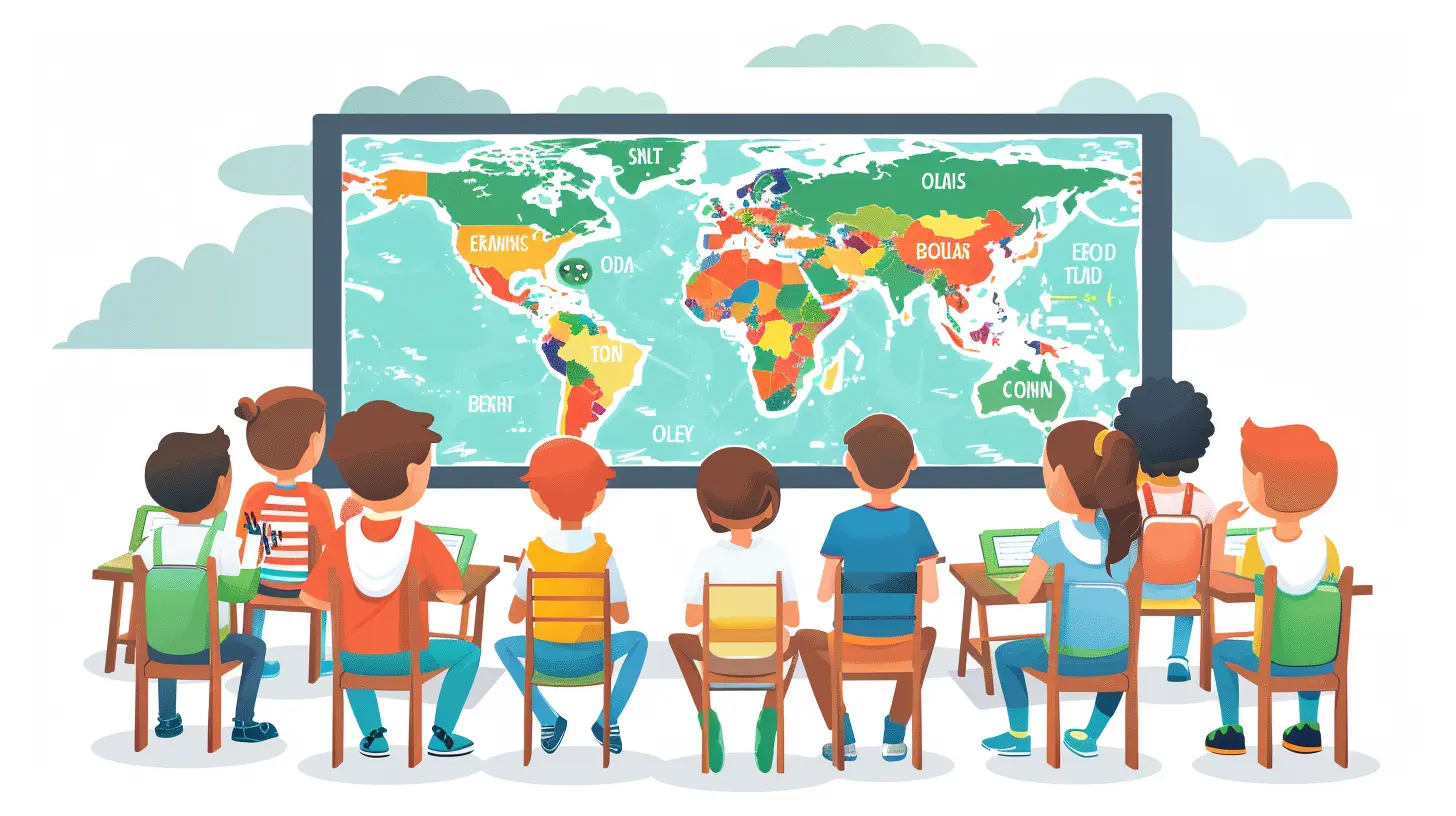
Bridging the Gap: How Technology Makes Collaboration Easier
Technology is the backbone of virtual classrooms, and with continuous advancements, collaboration is becoming more seamless and engaging.1. Video Conferencing: Face-to-Face, Without the Travel
Thanks to platforms like Zoom, Microsoft Teams, and Google Meet, teachers can now host virtual meetings with colleagues from different countries just like they would in person. Facial expressions, body language, and real-time discussions make interactions feel natural.2. Cloud-Based Collaboration Tools
Platforms like Google Classroom, Microsoft OneNote, and Padlet allow teachers to:- Share lesson plans and resources instantly
- Edit documents together in real-time
- Organize curriculum materials in one shared space
No matter where they are, teachers can work on the same document, see changes in real-time, and brainstorm ideas effortlessly.
3. Social Media and Online Communities
Teachers are turning to platforms like Twitter (via #EduChat), LinkedIn groups, and dedicated educator forums to connect, exchange ideas, and support each other through discussions. These platforms help build lifelong connections beyond the classroom.4. Virtual Reality (VR) and Augmented Reality (AR)
Emerging technologies like VR and AR are taking teacher collaboration to the next level. Imagine a virtual room where teachers from different countries can "walk in," interact, and conduct joint classes using 3D simulations. This is the future of educational collaboration!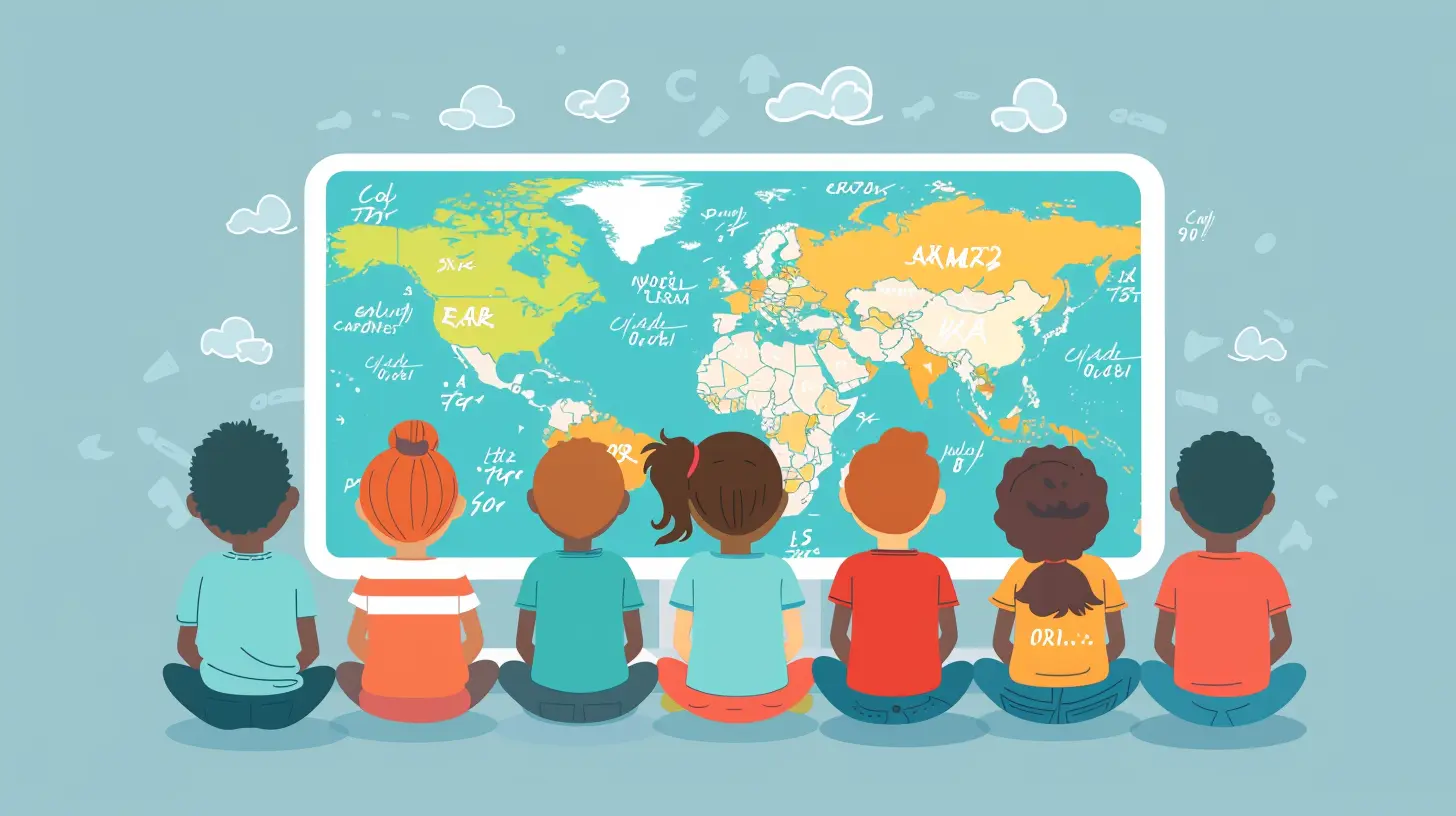
Success Stories: Real-World Impact of Virtual Teacher Collaboration
Still wondering how virtual classrooms truly enhance teacher collaboration? Let’s look at some real-world success stories:1. The Global Learning Connection
Teachers from over 100 countries participate in Microsoft’s Global Learning Connection, where they bring guest speakers, experts, and fellow educators into their virtual classrooms to share knowledge with students and each other.2. International STEM Collaboration Projects
STEM teachers worldwide collaborate on projects like the Global Science Partnership, where classrooms in different countries work together on environmental research. This kind of collaboration not only benefits teachers but also gives students a broader understanding of global challenges.3. UNESCO’s Teacher Exchange Programs
UNESCO’s online teacher exchange programs allow educators from different countries to share insights on innovative teaching methods and cultural inclusivity in classrooms.These real-life cases show that when teachers unite through technology, the impact on education is powerful and far-reaching.
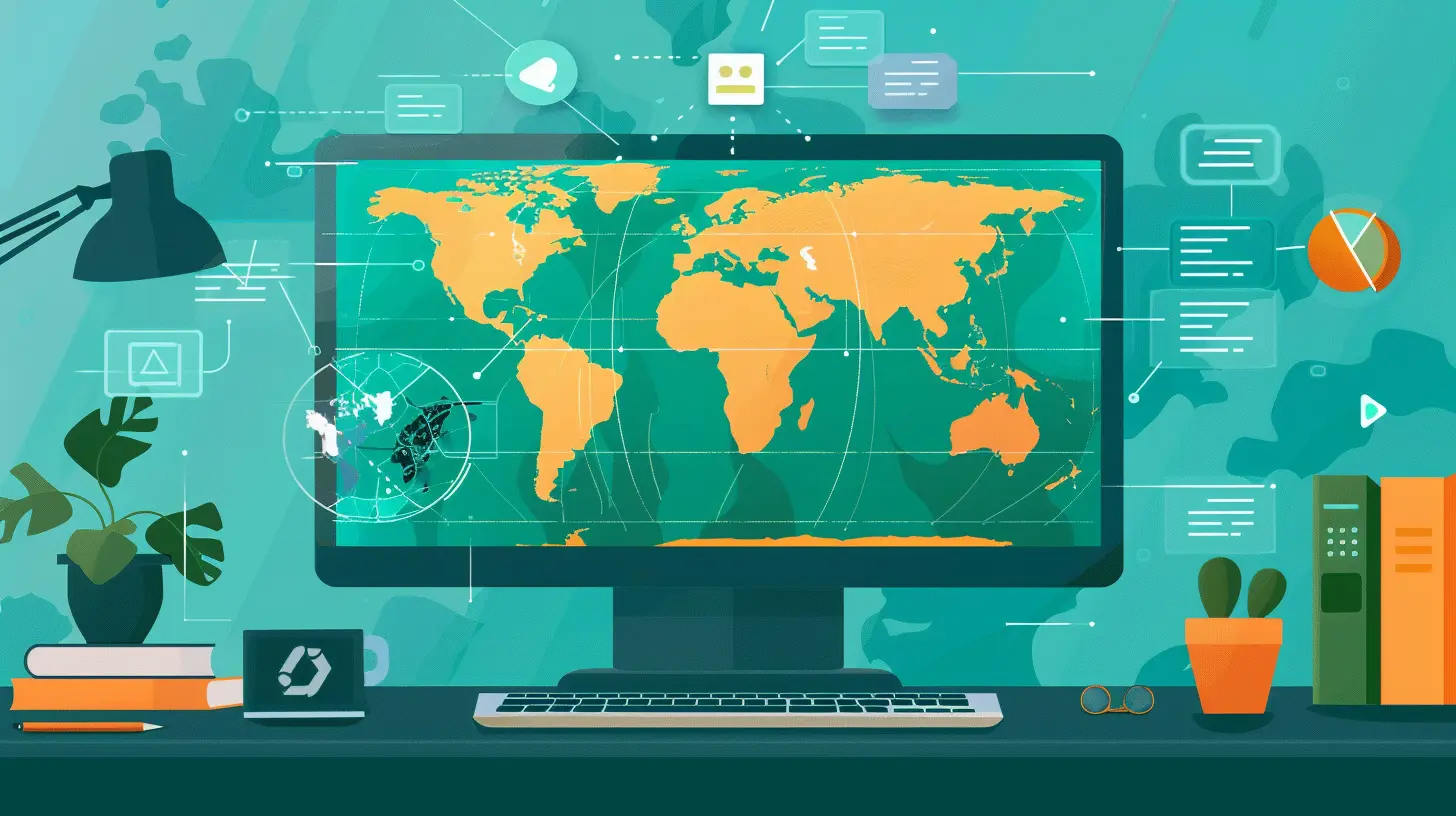
Challenges of Virtual Teacher Collaboration (And How to Overcome Them)
Like all innovations, virtual collaboration among teachers comes with its own set of challenges, but none that can’t be tackled.1. Time Zone Differences
Coordinating live meetings across different time zones can be tricky. To overcome this, teachers can:- Use asynchronous communication methods (emails, forums, recorded videos)
- Rotate meeting times to accommodate different regions
- Leverage scheduling tools like World Time Buddy
2. Language Barriers
Not every teacher speaks the same language fluently, but translation tools like Google Translate and AI-based real-time transcription services help break this barrier effortlessly.3. Internet and Tech Limitations
Not all regions have strong internet connections. Teachers in low-bandwidth areas can:- Use low-data platforms like Google Docs instead of heavy video files
- Record sessions so others can watch later without internet interruptions
- Leverage free, lightweight collaboration tools instead of high-end software
The key is adaptability—just as teachers adjust lessons to fit their students, they can modify collaboration techniques to suit global teamwork.
The Future of Virtual Teacher Collaboration
The potential for global teacher collaboration is limitless. With advancements in AI, blockchain (for secure credential sharing), and virtual reality becoming more accessible, we’re just getting started.In the future, we might see:
- AI-powered teacher assistants helping educators refine lesson plans
- Blockchain-based platforms where teachers can easily verify and share qualifications
- Fully immersive VR classrooms where teachers worldwide conduct joint lessons in a unified virtual space
What does this mean? A more connected, knowledgeable, and innovative teaching community that benefits teachers and students alike!
Conclusion: A Borderless Education World
Virtual classrooms are more than just an alternative to physical teaching—they are a revolution in how educators collaborate, learn, and grow together. By removing physical barriers, teachers worldwide are sharing knowledge, innovating, and shaping the future of education in ways we never imagined.So, whether you’re a teacher in a small town or a big city, your next professional collaboration could be just a click away. Are you ready to connect, share, and grow?
all images in this post were generated using AI tools
Category:
Virtual ClassroomsAuthor:

Zoe McKay
Discussion
rate this article
1 comments
Octavia Lewis
Virtual classrooms: bridging borders, igniting collaboration, and redefining global teaching dynamics.
August 2, 2025 at 12:21 PM

Zoe McKay
Thank you for your insightful comment! I completely agree—virtual classrooms truly foster global collaboration and transform the way we teach and learn across borders.
